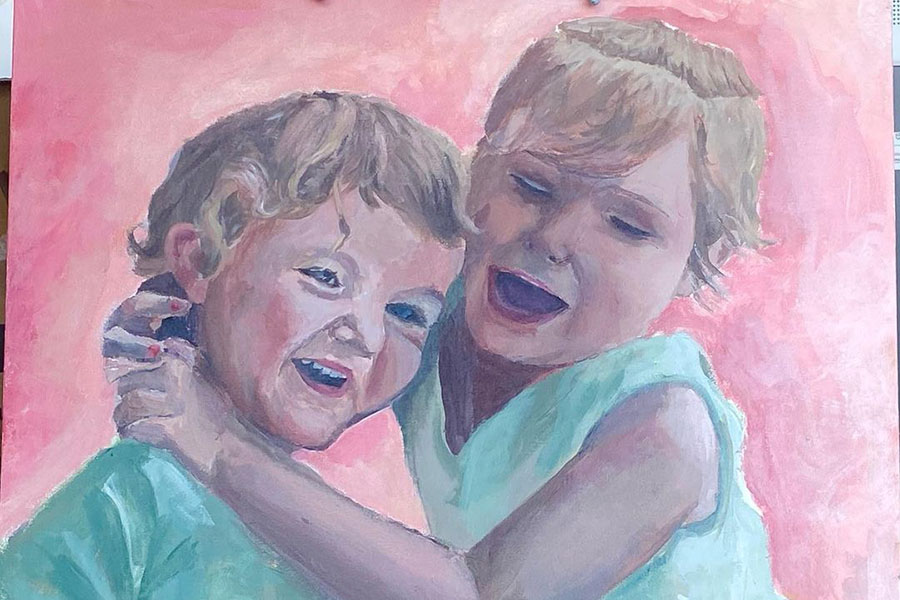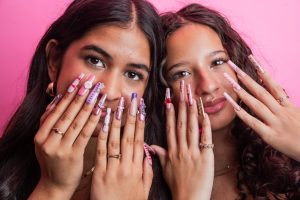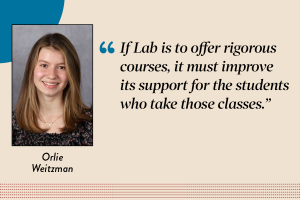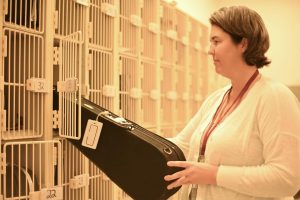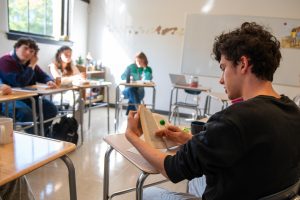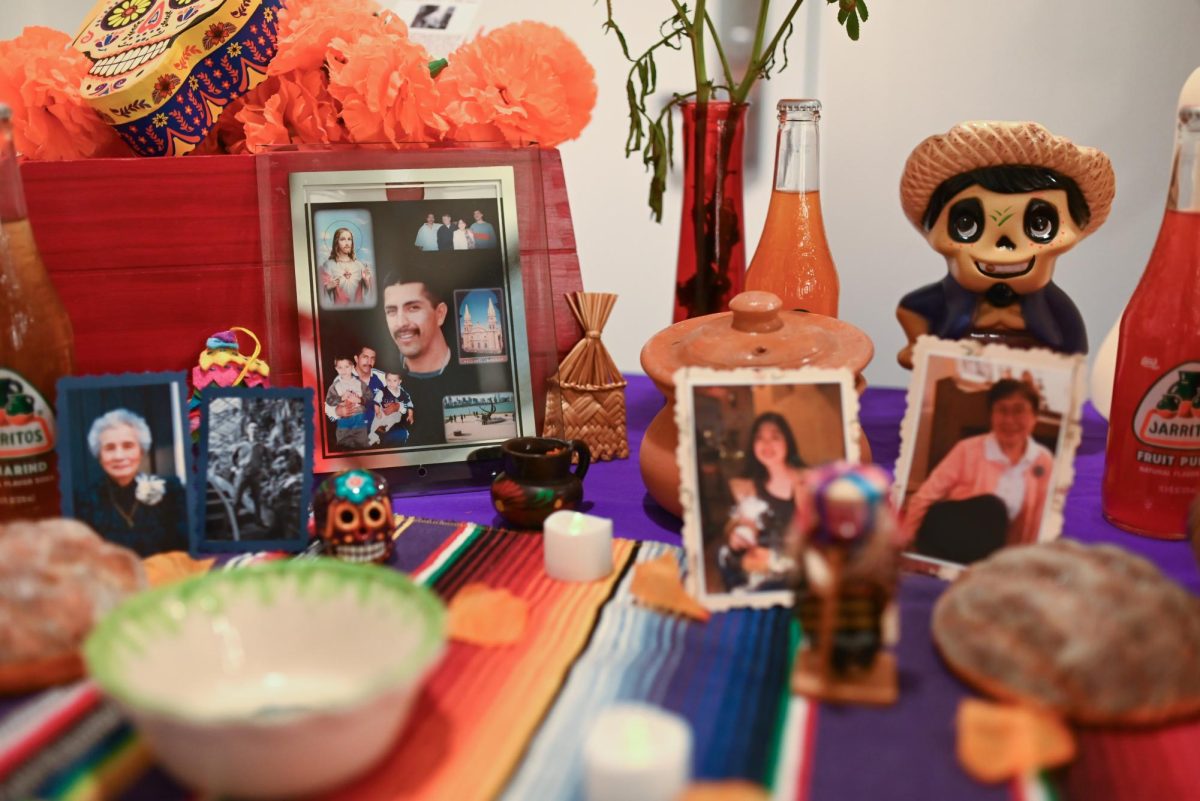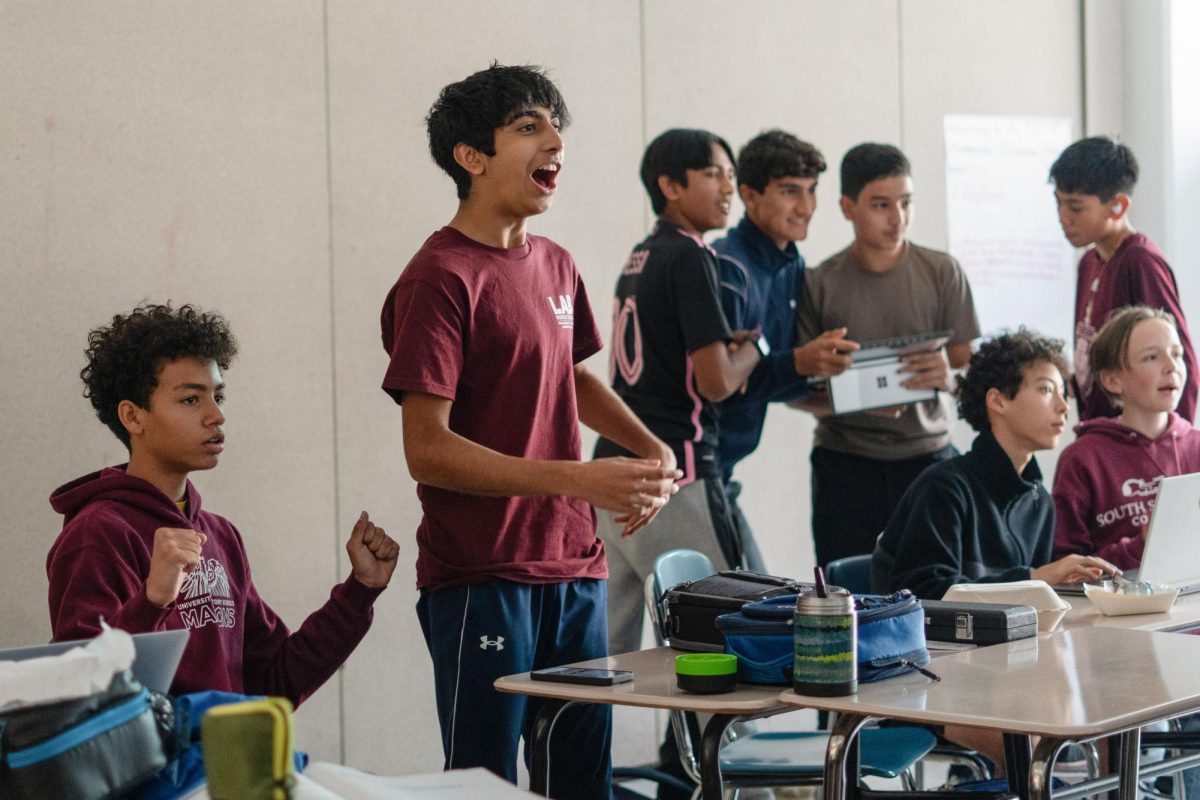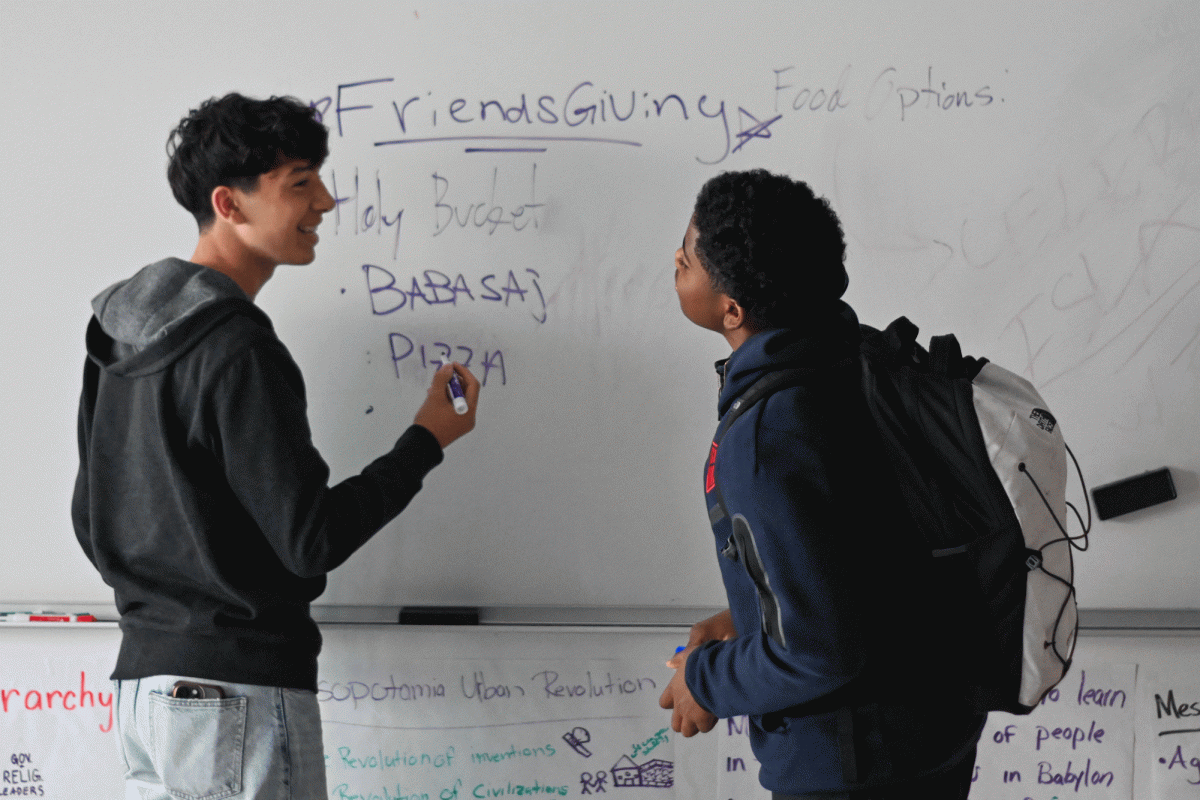Portfolios allow displays of creativity
Students compile art portfolios with hopes of expression
May 22, 2023
An acrylic self-portrait with a black background with a collection of gray figures floating over it representing parts of the artist’s identity. A skull, a vase and a bird statue all in grayscale with pops of colorful shapes in the background. Sculptures and paintings that emotionally display the human form through movement.
These works of art will be included in the portfolios of the students currently taking AP Drawing and Painting. For these students, the process of creating this art portfolio gives them an outlet to showcase their individual skill and to express who they are as artists.
Traditionally, an artist’s portfolio is a curated collection of their own original artwork that is meant to be shared. Artists commonly use making a portfolio as a way to delve into different mediums and to track their artistic growth.
“You need a basis of around 15 pieces, so most of your time is dedicated on what you want to do and create,” junior Emma Ciesla said. “It can be a really stressful process.”
Emma said the development of a portfolio provided a chance to tell stories through art when words failed.
“I’m including a lot of self-portraits in my portfolio. My focus was portraying my identities and going through my different and conflicting identities growing up,” Emma said. “It was stuff that I felt was more easy to portray through art than words.”
For sophomore Ilana Umanskiy, creating a portfolio has given her the liberty to try new forms of art that she typically would not have reached for.
“I feel like you need lots of variety in a portfolio, so I have included, like, paint markers and pencil drawings and charcoal,” she said.
Ilana thinks the creative process has given her the space to change and evolve as an artist.
“Earlier in the year I was doing more observational art and realism, but now I like to use my art as a way to show personal issues,” she said.
One of her more recent pieces is a colorful and distorted self-portrait made up of bright pinks, blues and greens. She said the distorted characteristics reflect self-image and how what we see in the mirror may not always be reality.
Junior Isadora Glick has plans to work on a portfolio over the summer to participate in a gap year program next year in Paris that allows students to specialize in a craft, as well as supplement college applications.
“Having a portfolio is a good way to have all of my art in the same place and to show who I am as an artist,” Isadora said.
Isadora said her plan to create a portfolio will give her an outlet to explore new art centered around forms that she is interested in and passionate about creating.
“I like a lot of figure and face painting,” Isadora said, “and recently I’ve been trying to do that with sculpture and creating things both somewhat realistic and abstract.”
Isadora wants her art to reflect the themes she is interested in and to show what makes her art tick.
“I think I want to display emotion and movement and texture and things that I find interesting,” she said. “I want to show that I am creatively inclined and that I have a large variety of things I can do.”
The construction of an art portfolio provides these artists a channel to display their art to the world, play around with new mediums and techniques, and show a diverse range of their own personal style.



